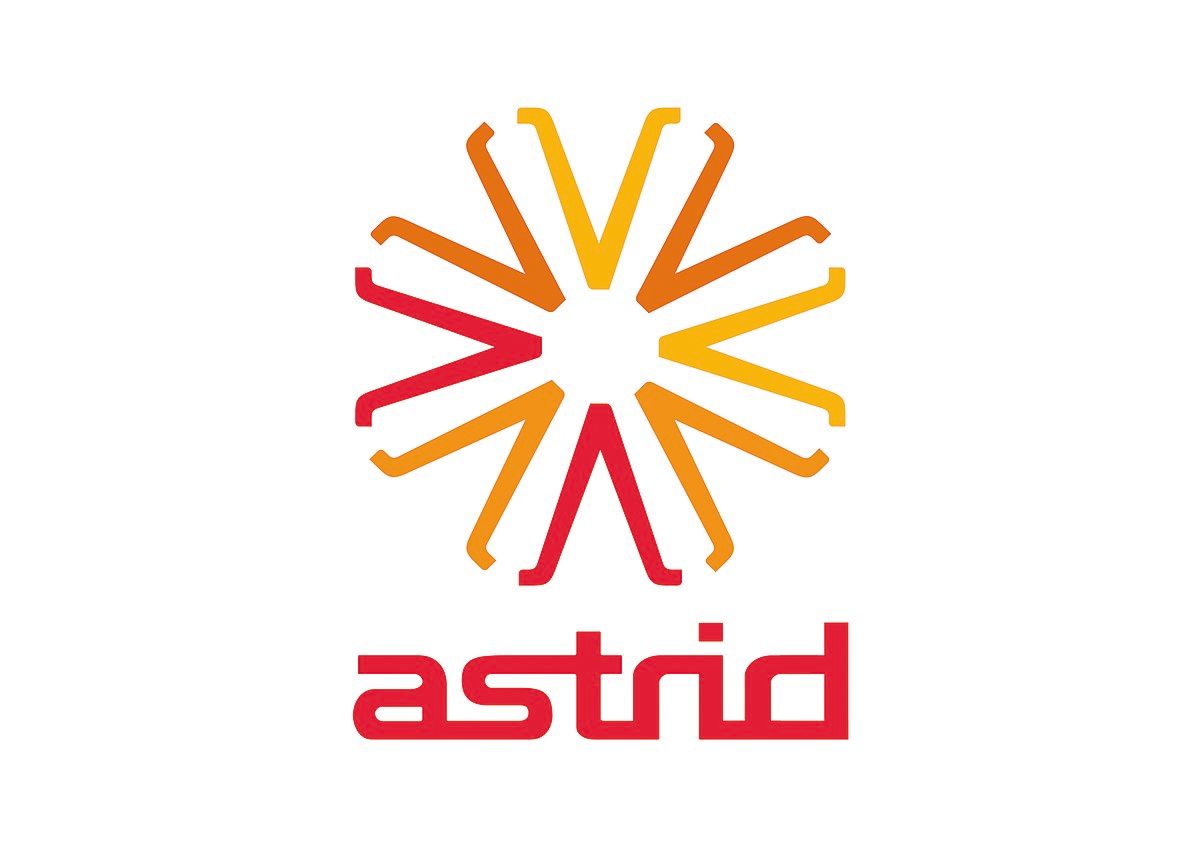HTZ Communications
)
The primary functions of HTZ Communications encompass:
Management of Interference: incorporating interference calculations, automated handovers, neighbour list planning, and analysis to handle and mitigate interference issues.
Capacity Management and Coverage Planning: supporting the planning and optimisation of network capacity and coverage for efficient operations.
Prospective planning: supporting automatic site search and route planning.
Automated Frequency and Site Planning: featuring automatic planning and optimisation of frequencies and site locations.
Automatic Device Assignment: automatic assignment of devices to ensure the allocation of the necessary traffic channels.
Traffic and mobility profile editor: to allow adjustments to resource allocation during emergencies, prioritising high-priority users.
Extensive library of propagation models: providing accurate coverage calculations and eliminating the need for an automatic model tuning module.
Automatic model tuning module: This can be used during calibration to enhance the final AFP (Automatic Frequency Planning) results when drive test measurements are accessible.
Monte-Carlo simulations: assessing the performance and reliability of radio networks under varying conditions and uncertainties.
Delay spread and simulcast performance analysis: analysing the delays between signal paths that might affect the signal quality. For Simulcast, HTZ manages the simultaneous transmission of signals from multiple sites to improve coverage.
Product Support
HTZ features unparalleled capabilities for modelling and simulating radio systems. It features fully deterministic propagation models, including the advanced “Deygout 94”. This diffraction model guarantees fast and accurate coverage predictions, providing a high correlation percentage between predictions and measurements compared to other RF planning tools.
HTZ supports the full radio network implementation across the entire planning stages providing high levels of reliability, availability, and resilience. The HTZ propagation engine performs calculations to a high level of accuracy without the need for automatic model tuning. Operators can migrate smoothly from legacy technologies to broadband connectivity to support new and emerging technologies.
Cartographic data
To support successful network planning, ATDI supplies full cartographic datasets for every corner of the globe. Planners can choose from medium-resolution and high-resolution datasets or a hybrid of the two. The ATDI library includes LiDAR data, which provides data sets with sub-1m resolution that benefit from surface and terrain elevation points.





)
)
)
)
)
)
)
)
)
)
)
)
)
)
)
)
)
)
)
)
)
)
)
)
)
